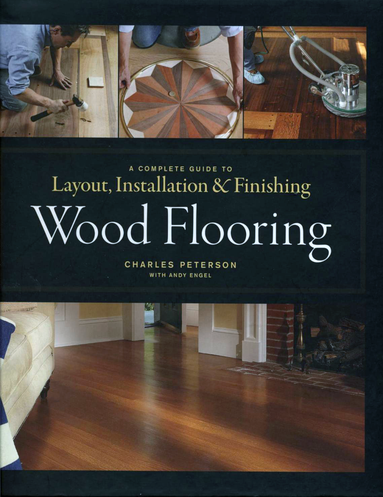Floor Finishing Tips -- Dust Containment for Safety and Health


One step in the complete floor-finishing process - specifically, sanding - has always created an enormous amount of airborne wood dust. Wood dust generated by floor sanding is a known toxin and carcinogen. While the level of toxicity varies considerably according to the species of the wood, it is still highly recommended that every precautionary measure be taken - especially for the hardwood flooring professional who faces frequent or long-term exposure.
The list in the chart accompanying this article indicates wood species whose dust has been identified as toxic. The second column lists a code for the type of resulting reaction (I for "irritant," S for "sensitizer," C for "cancer causing," P for "hyper-sensitivity pneumonia," and DT for "direct toxin"). The third column shows lists the potency level.
When wood particles become airborne, potential health hazards are numerous. For example, exposure has long been associated with a variety of adverse health effects including eye irritation, nasal dryness and obstruction, prolonged colds, and frequent headaches. Smokers or workers with sinus or respiratory conditions may risk even worse health problems. Wood dust on the floor can also cause slipping, and vision can be impaired by airborne dust generated during sanding operations.
The infiltration and permeation of dust into vents and air conditioning units creates potential for poor air quality as the particles are circulated throughout the house, thus escalating the dangers of the homeowner inhaling them or having to deal with the nightmare of cleaning up the dust.
In light of these hazards, the responsibility for personal and workplace health and safety rests in the hands of the hardwood flooring professional. The best way to control dust inhalation is through properly designed and maintained dust-containment or extraction systems. Trailer and truck-mounted systems, which represent the latest advancement in dust-containment technology, are available to provide complete evacuation of dust during the floor-sanding process.
In addition, several other sanding systems are available to protect hardwood flooring professionals from frequent and lengthy wood dust exposure. These are designed to virtually eliminate airborne dust and actual exposure time. Typically, such dust-containment systems employ portable vacuums to capture and remove the dust before the contractor is exposed to it.
Dust-containment systems can help the sander, contractor, homeowner, and building owner in other ways as well. The reduction of airborne dust exposure results in a much cleaner work area during and after sanding. For workers, the clean working area allows them to better see their work, offers a more comfortable environment, and eliminates irritants to the eyes, nose and throat. Cost savings will also result from an environment that reduces dust by cutting the cleanup time required in occupied residences.
Homeowners want a dust-free environment for obvious reasons. Thus, dust containment is becoming an expected service. Rather than being just a competitive advantage for a contractor's business, dust containment in the future will be essential to the ability to compete. No homeowner wants to be prevented from enjoying his or her home, regardless of the work being done. The elimination of dust from the sanding process increases the speed, efficiency and quality of work without the need to hang plastic or spend an extended time cleaning up. Dust containment allows the homeowner to get back to the daily routine as soon as possible.
"Most of the calls I get are due to being able to provide dust containment," says Tim Daly of TGB Flooring in Littleton, Colo. "My customers are consistently amazed at how clean their home stays. And after spending several years living with constant sinus problems, it is now a rarity that I ever get a sinus infection."
Ultimately, dust-containment systems allow contractors to start and finish the job faster, eliminate dust from settling back down into the finish, limit cleanup time, and charge more for quality results.
"Customers really like the idea of dust containment when a job is in their home - especially when they never have to leave it during the job," notes Dale Ottley of Ottley Floor Co. in Salt Lake City. "It puts pressure on others to get the system to be able to compete. Dust-containment systems make sanding and finishing a more appealing career for a contractor by minimizing the health hazard of dust that would normally be inhaled.
"It's now a cleaner, safer and healthier process."
Even as dust-containment systems are being used more frequently, there are still a variety of methods and precautionary measures that should be considered to ensure the safety of those involved in the finishing job. Therefore, contractors always should follow OSHA regulations before and during a sanding or finishing job.
Looking for a reprint of this article?
From high-res PDFs to custom plaques, order your copy today!






